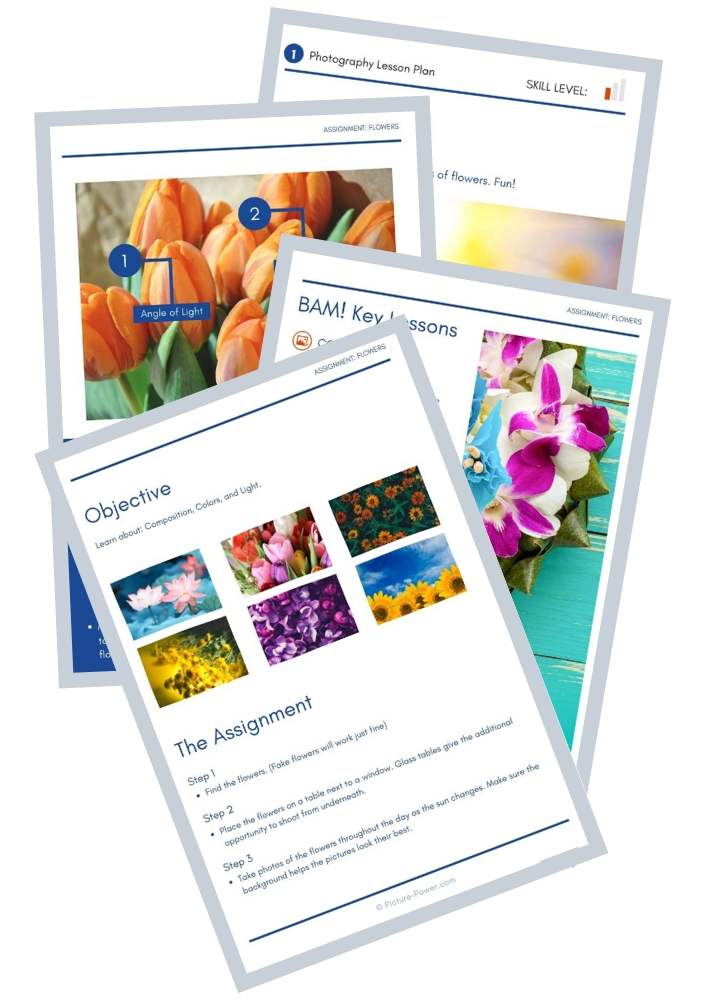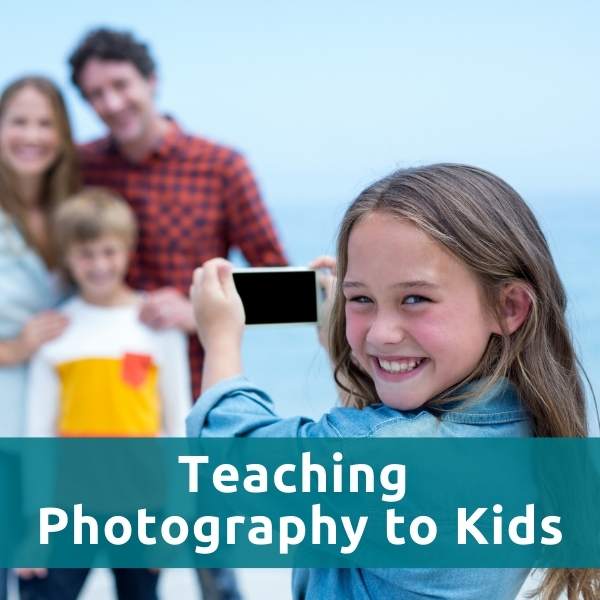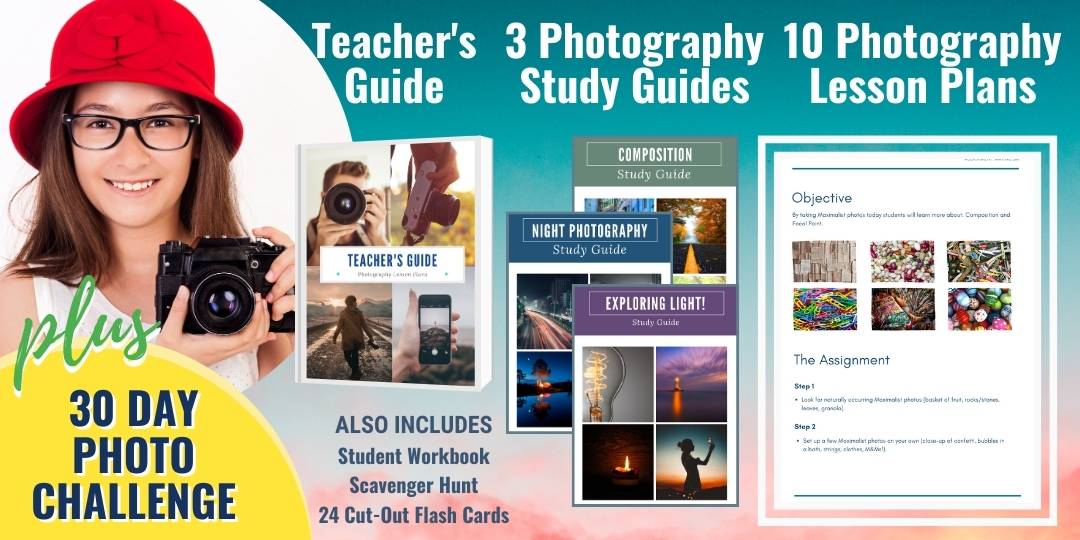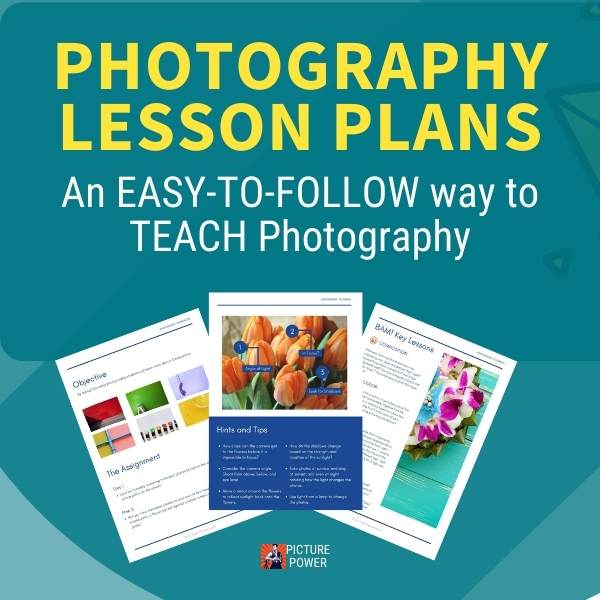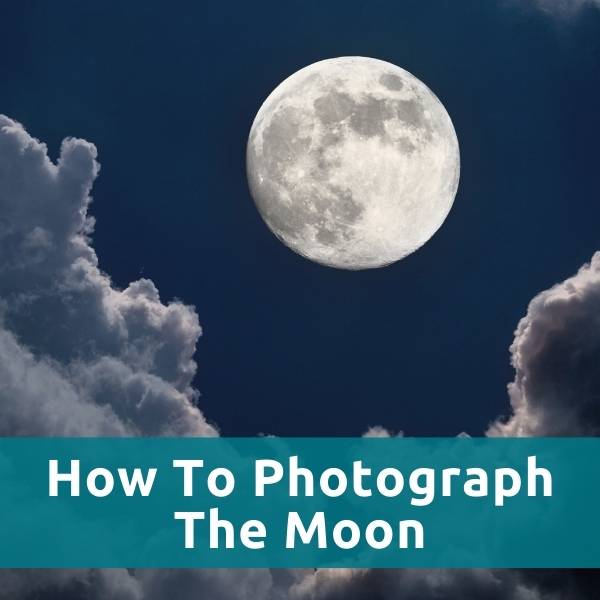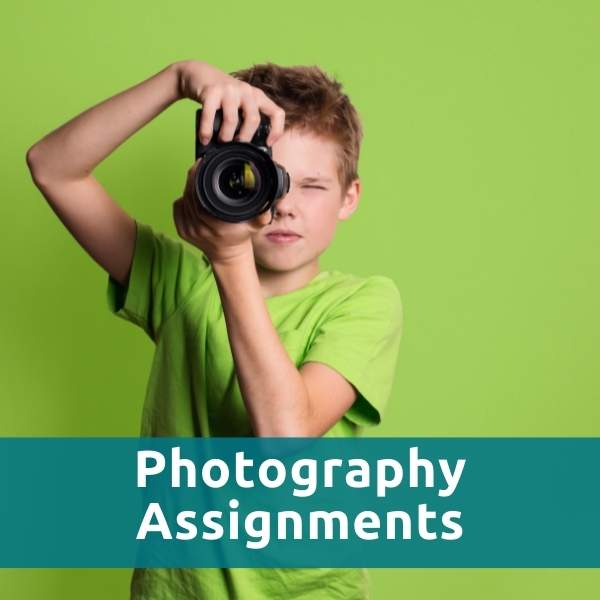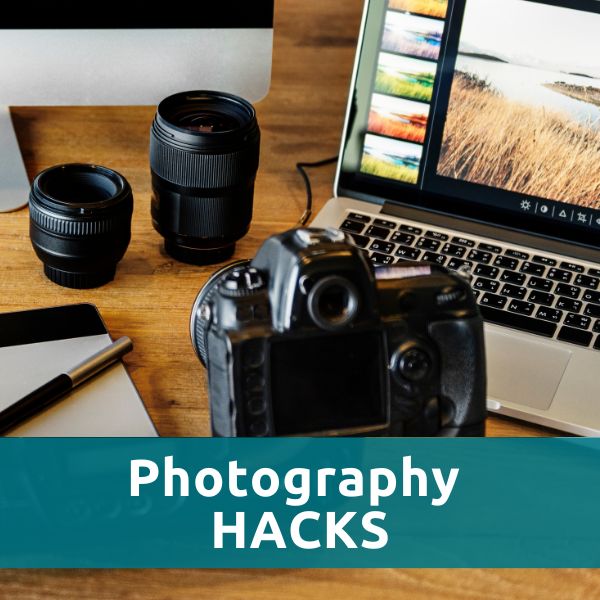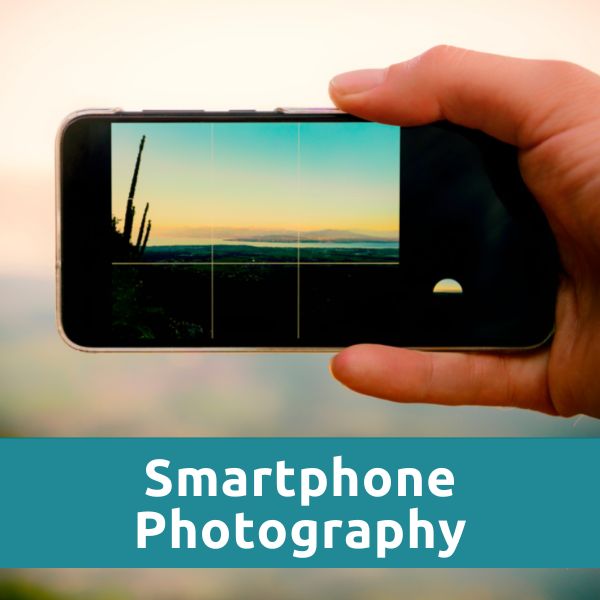Picture Power Mindful Lens Series
Quiet the Chaos: Using Photography to Encourage Focus and Calm

Classrooms today are full of energy, noise, movement—and sometimes, stress. Students arrive carrying a wide range of emotional loads, and teachers are often searching for ways to help kids regulate, refocus, and re-engage. Photography can be a surprising but powerful tool to help students find moments of calm, presence, and even joy.
Incorporating photography into your classroom as a mindfulness activity not only supports focus, but also encourages students to explore their emotions through a creative, nonverbal outlet. Whether you're teaching kindergartners or college students, photography can offer a pause—a chance to quiet the chaos.
Why Photography Helps Students Calm Down
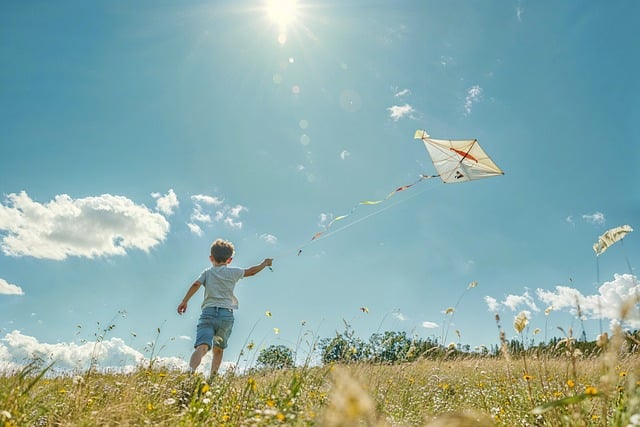
Photography asks us to slow down, to look closer, and to be present. When students are holding a camera (or a phone), they’re not just pointing and shooting—they’re observing, noticing, and making decisions. This visual attention brings them into the moment, encouraging mindfulness in a way that’s natural and engaging.
It also helps students:
- Build a habit of focused observation
- Feel more in control of their environment
- Connect emotionally with what they’re seeing
- Experience success and pride in their creative choices
These are foundational outcomes of social-emotional learning (SEL) and essential tools for both academic and personal growth.
Easy Photography Activities That Build Calm and Focus
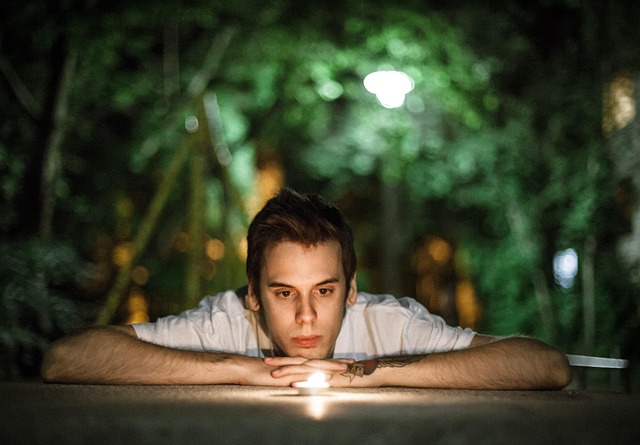
You don’t need to overhaul your curriculum to bring calm into the classroom. Try these simple calming classroom photography activities that work with any age group and any kind of camera:
1. The “Stillness” Photo Walk
Have students take five quiet minutes to walk around the classroom, hallway, or outside area and capture things that feel still, peaceful, or quiet to them. This builds self-regulation and visual mindfulness.
2. Five Senses Photo Hunt
Ask students to photograph something they can see, hear, smell, touch, or taste (within reason!). This encourages grounding through sensory awareness.
3. One-Minute Focus Challenge
Give students just one minute to take a photo that tells a feeling or a mood—calm, happy, lonely, warm. This short exercise forces focus and intention.
4. Photo Journaling for Emotions
Pair photography with brief journaling. Students take a photo that matches a specific feeling (calm, confused, energized), then write one sentence about why they chose that image.
Classroom Benefits That Go Beyond the Camera
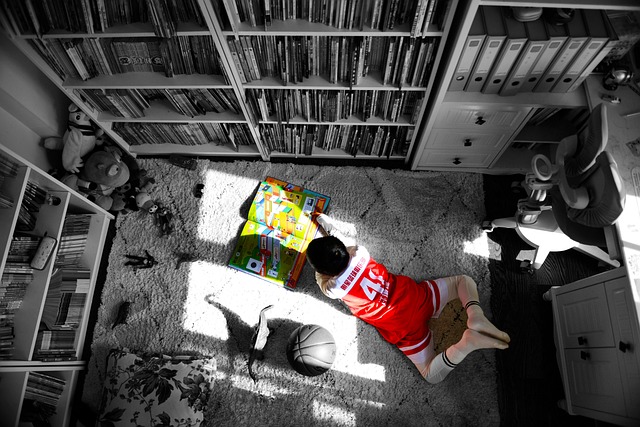
These small, low-pressure activities can lead to bigger outcomes, especially when used regularly:
- Improved attention spans
- Better emotional vocabulary
- More empathy and peer connection
- Healthier ways to manage anxiety or stress
- Increased participation among quieter students
Photography becomes a bridge—between students and their feelings, between teachers and student insight, and even between students themselves. It’s a quiet, powerful way to teach self-awareness.
Technology-Friendly for All Classrooms

These activities are accessible with any kind of camera—DSLRs, smartphones, Chromebooks, or even tablets. Photography isn’t about gear here—it’s about intention and reflection. That’s part of what makes these lessons so adaptable across K–12 classrooms and even adult education settings.
A Note to Teachers: It’s Okay to Slow Down Too

These photography moments don’t have to be a reward or a break. They can be a new kind of lesson—a way to encourage focus while teaching your students a lifelong tool for emotional self-regulation. You might even find that, in the process, you benefit from the stillness too.
Want More?

The Photography Lesson Plans available through Picture Power are designed to help you implement creative, mindful photography projects with ease. With options for all grade levels and cameras, these lessons can help you bring calm, focus, and creativity to any classroom.
Photography lesson plans pack (Printables)
Jump right into teaching photography with our exclusive Photography Lesson Plans pack.
Includes:
- 10 Photography Lesson Plans
- 1 Teacher's Guide
- 3 Photography Study Guides
- 30-Day Photography Challenge
- 1 Student Workbook
- 24 Cut-Out Photo Flash Cards
- 1 Photo Scavenger Hunt
